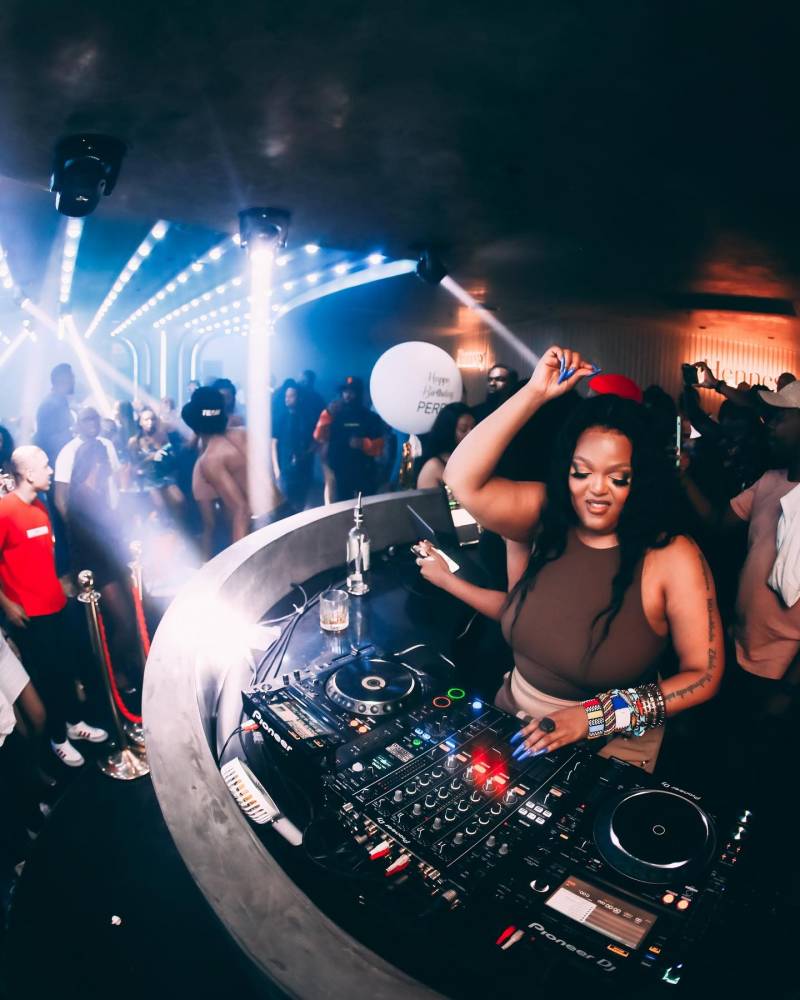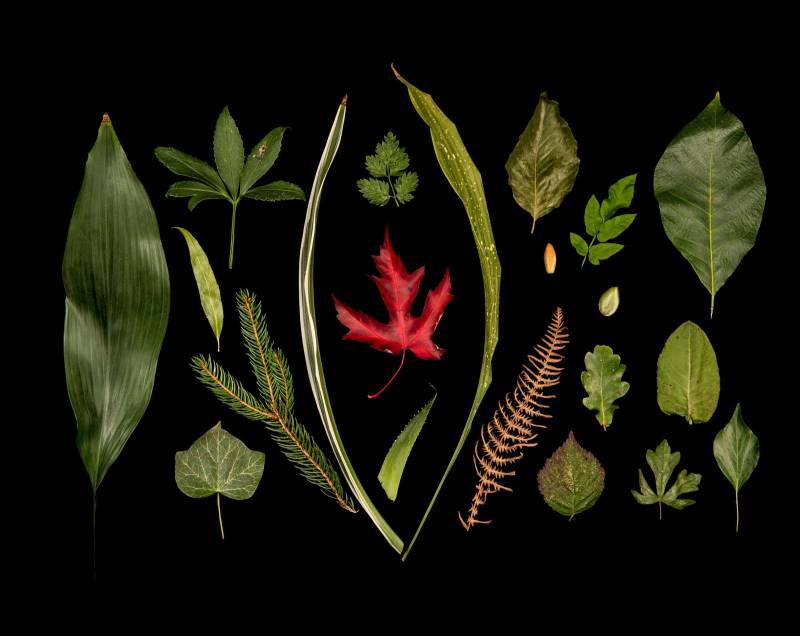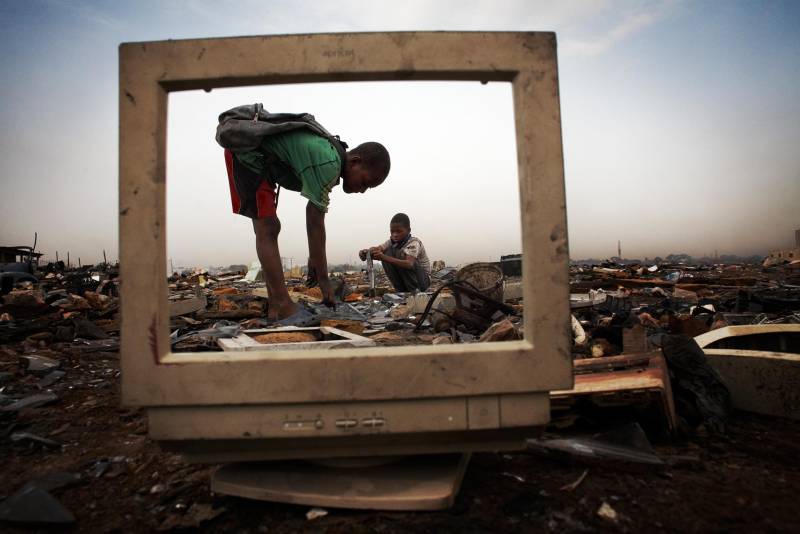These Amapiano hitmakers are causing a stir in South Africa and around the world.
The deep house, log-drum driven basslines, and soulful piano melodies of "Amapiano" are currently resonating on social feeds all over the world. While Amapiano dance challenges are currently dominating TikTok, the song has been resonating through the streets of South Africa for years.
Amapiano is more than a type of music; it's inspiring style and dance, and it's having an impact on South Africa's music business. It's seeping out of car windows and overflowing from clubs. This underground fad, which is thought to have started in 2012, skyrocketed in popularity during the Covid-19 outbreak and has been on the rise ever since.
"At the end of 2019, we noticed a lot of our kids using Amapiano music to make cuisine videos, dance videos, fashion videos, and memes." "We observed people really embrace the genre and want to participate with it," says Yuvir Pillay, TikTok's South African music operations manager.
On TikTok, he claims Amapiano is the most popular genre in the country. "It's been a long time since we've seen a local music genre take over a platform in this way," he says.
Origins a riddle
According to AshMopedi, host of the Amapiano-centric YouTube channel Groove Cartel, the genre's origins are debatable. b"Perhaps it originates in the Gauteng region [northern province that contains Johannesburg and Pretoria], where its beginnings can be traced."but as to who is that one person that created Amapiano, it's a difficult thing," he says. "Whoever it is, please come out and let us know."
Some say the addictive sound has its roots in Kwaito, a 1990s form of music that fused house beats with hip hop. Oscar Sibonginkosi Mdlongwa, known as Oskido, a music producer, record label owner, and Kwaito pioneer, claims Kwaito evolved after a period of political transformation marked by Nelson Mandela's release and the end of apartheid.
"At the time, the younger generation started making our own music, which we dubbed Kwaito. "We used to take house music and slow it down, then reprogramme it," he explains.
He continues, "I think people are now delighted that we have our own genre." "We started from the ground up." It shapes our personalities. It's a sound that we can say, "This is us, this is South Africa, this is Africa.'"
Dance routines linked with Amapiano, such as "legwork," "pouncing cat," and "Zekethe," according to dancer Bontle Modiselle, are basic and straightforward.
"When I think about Amapiano, I think of it as the perfect embodiment of what today's Black South African youth looks like in terms of fashion, what they feel like in terms of emotions, what they sound like in terms of sounds, and how they move in terms of dance steps," she says.
Women in Amapiano, on the other hand, haven't always had it easy.
"You're seeing a girl trend every day now, and the population of women in the sector is growing by leaps and bounds," she adds.
According to independent music distributors Electromode Ingrooves cementing her reputation as a trailblazer for women in the genre., Radebe's smash song "Khuza Gogo" earned platinum status in 2021, with over 2.5 million streams.
A genre with a bright future
Platforms like Spotify, YouTube, and TikTok, which saw an increase in subscribers during the pandemic, also push music to listeners regardless of their location. Spotify's main Amapiano playlist experienced a 622 percent rise in streaming in South Africa alone in 2021, while the UK and US were second and third with the most streams of that same playlist, respectively.
"And we look back on this period in time when we talk about the epidemic in 20 years, Amapiano will be one of the things that comes up in discourse," said YouTube presenter AshMopedi. "I think it's one of those genres that's simply a mainstay and won't go away."
"It's a way of life. It's a blessing in disguise. It's a lifeline, to be sure "she explains. "I believe it is critical that we do not change or twist the story of the fact that this is a South African sound — that it is fostered, produced, and grown here."




